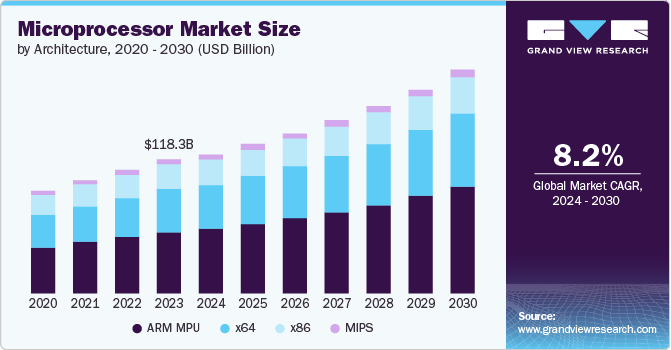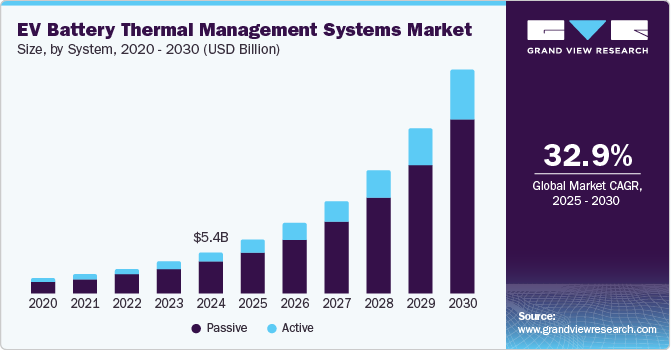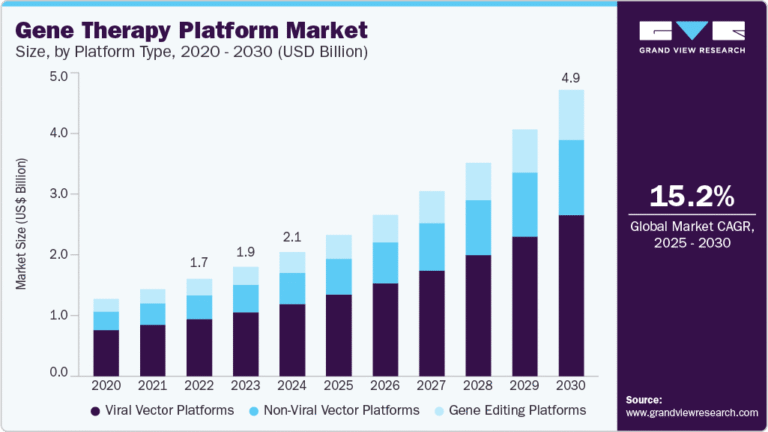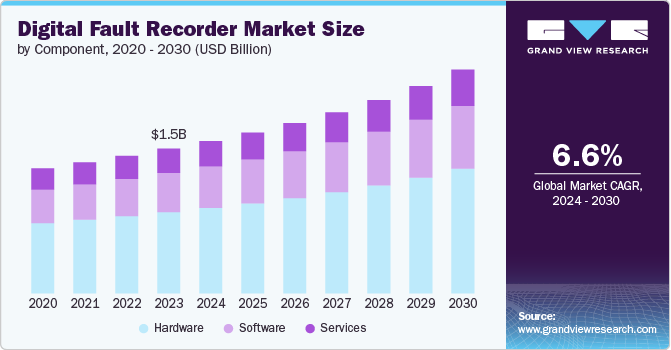Mobility As A Service Market Size, Share & Trends Analysis growing at a CAGR of 40.1% from 2025 to 2033
The global mobility as a service market size was estimated at USD 195.2 billion in 2024, and is projected to reach USD 4,013.2 billion by 2033, growing at a CAGR of 40.1% from 2025 to 2033. The vehicle subscription model expedites the adoption of mobility as a service by providing a flexible and comprehensive transportation solution.
Key Market Trends & Insights
- Europe mobility as a service market accounted for a 26.1% share of the overall market in 2024.
- Germany’s MaaS market is driven by urban congestion, government-backed multimodal transport, and rising demand for sustainable app-based mobility.
- By transportation type, the public transportation segment accounted for the largest share of 57.3% in 2024.
- By solutions, the application technology solutions segment dominated the market in 2024 and accounted for more than 23.2%.
- By services, the ride-hailing services segment accounted for the largest share in 2024.
Market Size & Forecast
- 2024 Market Size: USD 195.2 Billion
- 2033 Projected Market Size: USD 4,013.2 Billion
- CAGR (2025-2033): 40.1%
- Europe: Largest market in 2024
- Asia Pacific: Fastest growing market
Request a free sample copy or view report summary: https://www.grandviewresearch.com/industry-analysis/mobility-as-a-service-market-report/request/rs1
Subscribers have on-demand access to book private vehicles, such as cars and bikes, and even public modes of transport, like buses and trains. Moreover, a cost-effective and convenient transit approach prompts users to embrace mobility as a service platform for transportation services. Through subscription services, mobility as a service platform streamlines vehicle access, thus driving the transition to more integrated and eco-friendly urban mobility solutions. Due to increasing migration to urban areas, the demand for upgraded transportation infrastructure plays a vital role in driving the adoption of mobility as a service. Digital applications that provide travel planning, booking, and payment features facilitate mobility as a service.
Furthermore, the ability of mobility as a service platform to furnish real-time updates on routes, timetables, delays, and the availability of diverse transportation options contributes significantly to user convenience. In addition, mobility as a service incorporates advanced payment and ticketing systems, allowing users to conveniently pay for various modes of transportation within a unified platform. Modernized infrastructure supports contactless payment methods, Quick Response (QR) codes, and digital tickets, ensuring users a seamless payment experience.
Technological advancements are pivotal in propelling the adoption of mobility as a service for entities like travel agencies and municipalities. Integrating mobility as a service into their services allows travel agencies to enhance operational efficiency and provide customers with multimodal options, ultimately bolstering customer satisfaction and loyalty. Meanwhile, municipalities can leverage data-driven insights from mobility as a service platform, optimizing transportation infrastructure and reducing traffic congestion. Data insights also help municipalities improve resource allocation by enabling a better understanding of peak travel times and frequently used routes, leading to more effective management of public transportation and traffic signals during periods of high demand.
Moreover, the increasing adoption of mobility as a service within smart urban environments is anticipated to fuel market expansion. Smart cities utilize mobile applications and internet-connected devices to establish a connected transportation ecosystem. By embracing digital technology solutions such as mobility as a service, smart cities have the potential to create a more streamlined and readily accessible transportation network. For example, real-time data analysis can be harnessed to provide tailored travel recommendations and route planning functionalities, aiding users in pinpointing the most efficient and economical paths to their intended destinations.






